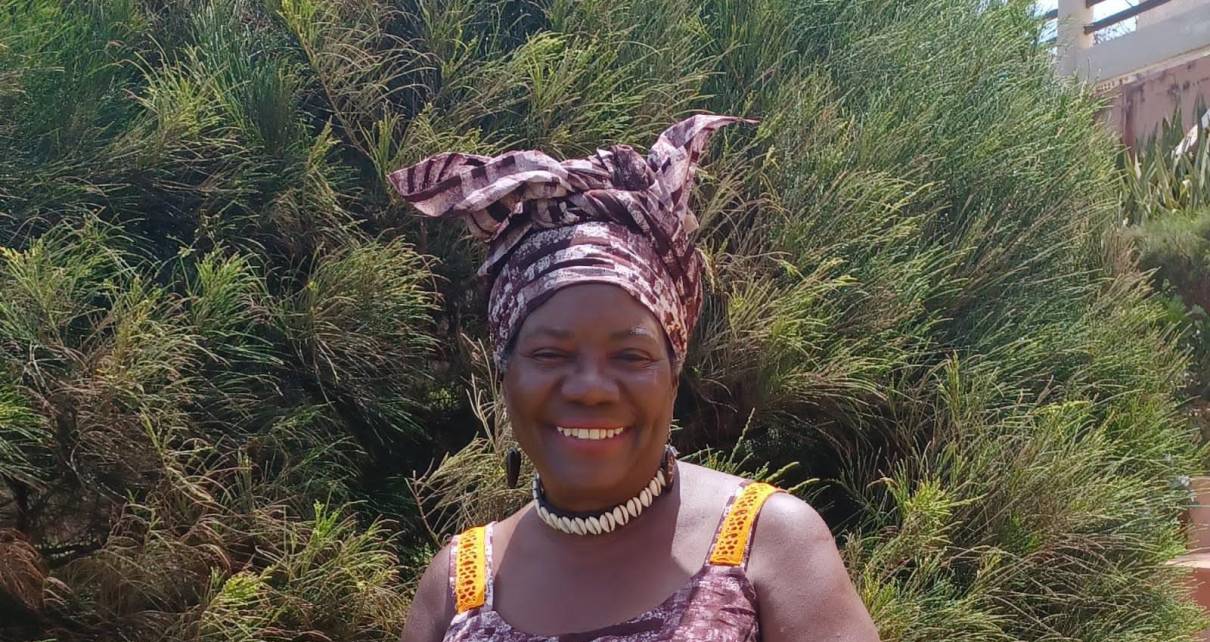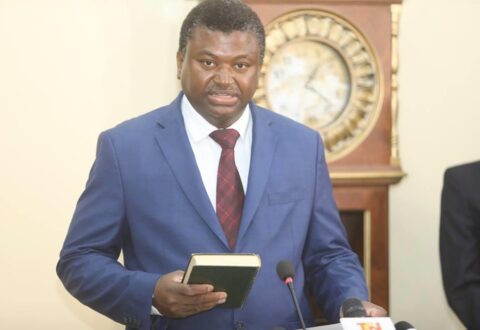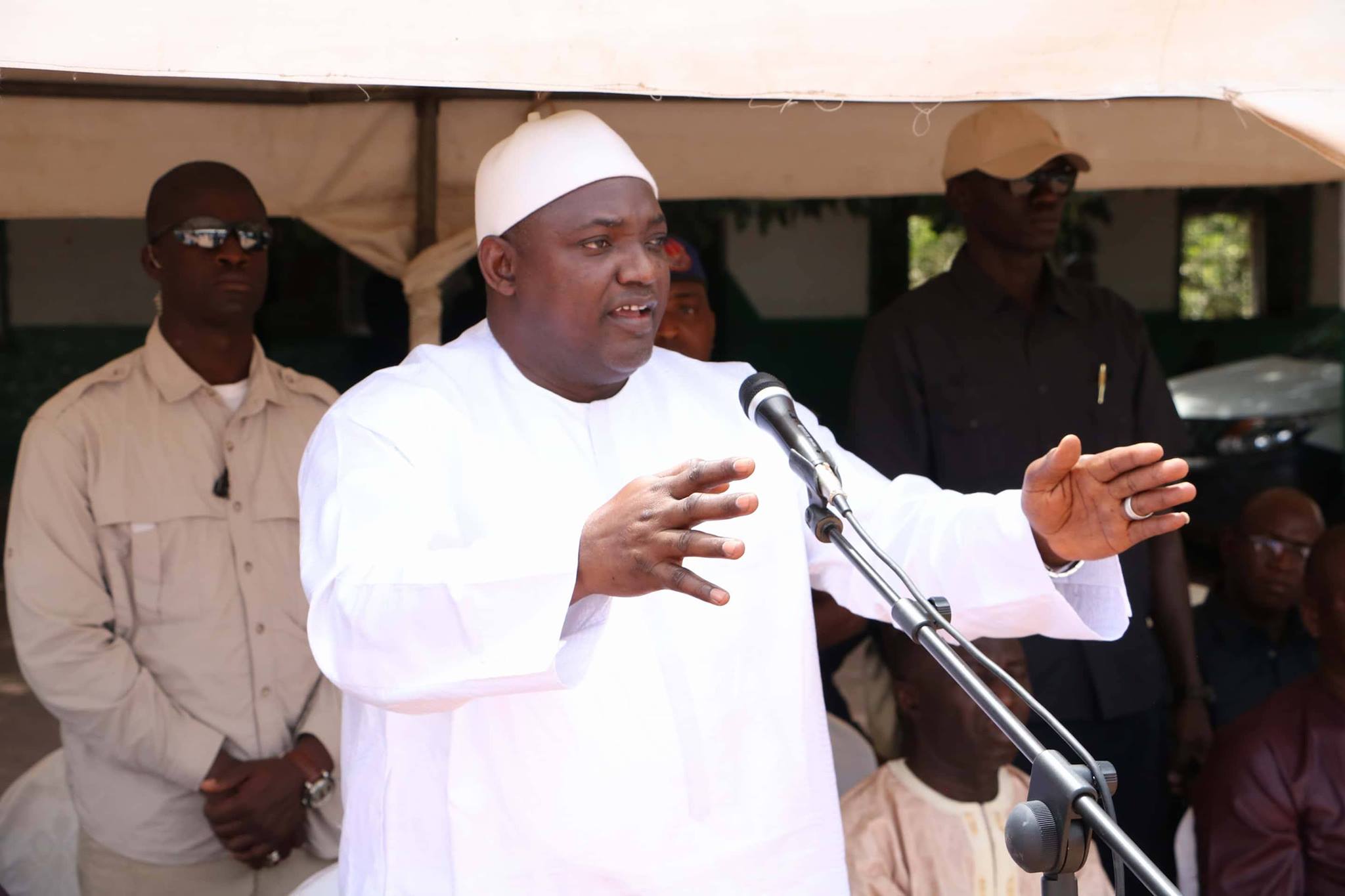By Daseta Gray M. Ed. Certified Infant/Todder Specialist
I have been in The Gambia for a few months. During my stay, I have been taking public transportation; using several routes from Tabokoto to Senegambia, some days Latrikunda to Sukuta, Tipper Garage, or airport Junction to Costa Road then to Turntable to New Road. I have spent hours in several markets, walking on the roads. I have visited the beaches and interacted with all kinds of people.
I first observed that there is rarely any verbal communication between the conductors or the driver and the passengers on public transportation. I have learned one phrase: “pass.” First, I wondered what the conductor was saying, but I noticed the stretched hands with money in them and quickly adapted. At times the silence is broken with one word, “pass,” a tapp on the shoulder of the conductor and a pointed finger indicating that the pass is for a passenger further in the back of the minivan. I now keep my “pass” in my hand this way it is easily available. Once the word “pass” is uttered I stretched my hand and gave my “pass.”
During some of my commutes back to Tabokoto, loud arguments would break out between drivers, and this interrupts the silence because of poor judgment. Imagine this scenario: the roads are narrow, and one driver is going straight, while another wants to turn on the same road – yet neither one yields. Now the traffic is blocked and both drivers get into a shouting match, I blame this on the drivers’ poor judgment. Now the passengers have joined the shouting match. What we’re left with is a traffic jam, stranded passengers, drivers not making their money. Considering the role judgment plays in allowing the actors in this scene to make more sound decisions, we must question what lies underneath this mosaic of negative decisions. We find that the frontal lobe plays a key role in developing one’s judgment and when it is not developed unnecessary conflict arises. We also find that having an extensive vocabulary also helps with the ability to make decisions and problem solve.
Over the span of weeks, I’ve listened to the silence in different spaces, and I began to wonder if there is also a thirty-million-word gap in this Black community, as I have noticed in my home community in the USA. I see many young children, but adults are not really speaking with them. I have visited a few daycare centers and there are not enough books or no books at all.
Recently we were selling children’s books at Turntable and offered one to a mother with a three-year-old child, the mother responded with, “she does not need it because she is not in school.” I have conversed with pre-teens and teens and a few adults, asking some open-ended questions to make light conversation. Upon asking, “How was the food?” I usually get a one-word answer, “Nice.” These interactions remind me of the societal norm when I was growing up, where children were “seen but not heard.” Which is a practice some never grow out of in adulthood. When children are not able to give an opinion nor enter adult conversations, this creates a deficit in children’s expressive language which contributes to this word gap.
You might ask, what is the 30-Million-Word Gap?
When discussing this word gap, I am referring to a research study conducted by psychologists Betty Hart and Todd Risley. In this study they revealed children from low-income families in the US hear 30 million fewer words than children from higher-income families by the time they are 4 years old. How might this happen? They found that families who were more educated or middle class spoke more with their children, read to them and exposed them to different experiences. The brain architecture is profoundly impacted by these early experiences and when children get this kind of exposure, they learn different words. For instance, a family may not talk about jet planes at home but if the child has access to a book about different types of aircrafts they will be exposed to that receptive language. Receptive Language is one of the foundational building blocks for verbal communication, where young children can identify objects. Following this step of language acquisition, the next stage is being able to put these words together and create short sentences. When children and young learners do not have access to books, adults that can speak with them, and access to different experiences this seriously reduces the number of words a young child will hear.
The researchers were able to determine the amount of words that the children heard using a word monitor created for the study. A parent from each participating family wore it and during conversations the machine recorded the amount of words that were being used daily. At the end of each day the words were tallied. When Betty Hart and Tod Risley began the study, they wondered why children who entered kindergarten had such big differences in vocabulary. They discovered that children from homes with less education heard fewer words than the children with parents with more education in their background.
When I first learned about this study, I was curious and surprised. Though, as an educator in low-income neighborhoods, I quickly understood and saw how this phenomenon played out day to day with children and their families in the educational facilities where I worked. When families are not literate it is difficult for them to expose their children to literacy and receptive language. The 30-million-word gap appears by age three because of the Broca’s area of the brain, also known as the motor speech area. One of its functions is to help regulate speaking and vocalization that is required for normal speech. This area begins working and developing before birth. As parents and educators continue to learn more about brain development and its effect on a child’s development and future success as a citizen, we must emphasize the critical nature of exposing, speaking, and reading words to young children. Although infants are not able to speak, the brain records the words in the Broca’s area and when the child is ready to speak, they will begin to use those words.
Research shows that at birth your brain is 25% developed and by age 3 it is 85% developed, which tells us that most learning takes place during this time. “The characteristics of learning readiness are developed rather than taught and only through numerous concrete interactions with the world can a young child prepare to benefit from formal instruction later.” — According to David Elkind.
With all this data, we find that children from communities with low rates of adult literacy will experience the 30-million-word gap by age three. These 3-year-old children will in turn grow up to add to an adult population with low levels of literacy.
In 2019, the illiteracy rate among adults aged 15 years and older was 34.7 percent in Sub-Saharan Africa. In South Asia the illiteracy rate was 27.1 percent (M. Szmigiera, Jan 17, 2022). Adult illiteracy rate is defined as the percentage of the population ages 15 and older who cannot read or write.
Thinking of our continent’s future, we need to take additional forward strides in preparing our children for the twenty-first century through literacy. The African continent has the youngest population on Earth. Our babies will become the world’s future leaders. We need to look at the latest neuro-scientific research on brain development and begin to incorporate it into our teaching style. As parents and teachers, we should shift the necessary focus to infants and toddlers by providing education classes for families who are pregnant or have children ages 0 to 3 years. We can also invest in educators by implementing staff development which must be a priority for caregivers of children 0-3 years old. Science is now available that can help us continue to tap into our children’s African genius and produce better child outcomes. I hope that our continent will begin to make that shift.
As we consider the future of our children, I leave you with these words: “Intelligence rules the world, ignorance carries the burden” – Marcus Garvey.
References
A ‘million word gap’ for children who aren’t read to at home: That’s how many fewer words some
“The Early Catastrophe: The 30 Million Word Gap by Age 3” by Betty Hart and Todd R. Risley, 2003.
World Literacy rate:Published by M. Szmigiera, Jan 17, 2022
https://www.inspiringquotes.us/quotes/eLxN_9lH8RsqF





